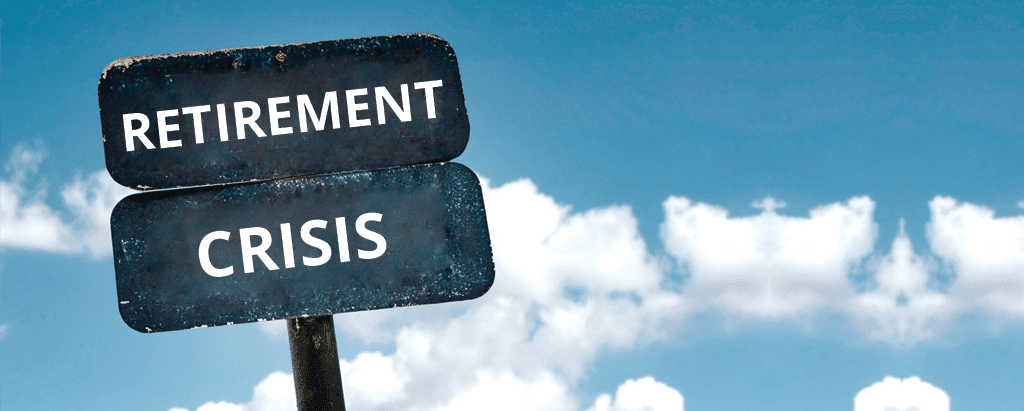
Finding Risk Adjusted Income
In uncertain times, plans are worthless: Experience is what counts
Everyone’s got a plan until they’re punched in the face.
In 2020, the plan was to enjoy a return to relative growth and stability. Goldman Sachs predicted global GDP growth of 3.4%, driven by more favorable financial conditions, improved US-China trade relations and reduced uncertainty surrounding Brexit. Unemployment, the investment bank said, would hit a 70-year low. Furthermore, this was a set of opinions which was shared by all its peers.
Meanwhile, we were enjoying the longest bull market in our lifetimes. The equity markets had been exceptionally robust and balance sheets were in a much better place than they had been before the GFC. Even previously frothy IPO valuations had been replaced with a new pragmatism. It seemed like at least some lessons had been learned.
Now the only question was how long it would all last.
At the end of February, we received an answer in the bluntest terms possible with the coronavirus pandemic. In little over a month, approximately 30% has been wiped from the value of US stocks. And just when we assumed that the Federal Reserve might be in a place to slowly begin raising interest rates again, it cuts them to near zero. As Mike Tyson so eloquently put it “Everyone has a plan until they get punched in the face.”
In the short-term, a $2 trillion stimulus package, the details of which have yet to be outlined, is in the offing. The previously upbeat economic forecasts of the big investment banks for the year are now far more muted: The consensus forecast among analysts for the year is zero economic growth. In the worst-case scenario, some have even predicted unemployment soaring into double figures.
The only certainty is uncertainty
It would be disingenuous of anybody to claim that everything was running smoothly before coronavirus reared its ugly head. It transpires that the bull run may have papered over some cracks. Globally, there’s $15 trillion in negative interest paper. Japan, the world’s 3rd biggest economy, has been in a negative rate environment for nearly 20 years and may soon be followed by the EU.
Against this backdrop, the US offered investors a promise of returns. It also provided a safe haven for family office and money managers looking to satisfy the return objectives of their clients: Even if they underperformed their benchmark, the majority of competent managers could be confident in showing positive year end returns on their clients’ portfolios over most years during the last decade.
However, the untimely outbreak of coronavirus is making a lot of these managers look over their shoulders. Not only are they now expected to manage wealth at a time of unprecedented uncertainty – an overused term but completely warranted here –more and more of their time will be consumed with convincing clients that now is not the time to liquidate their assets.
The Baby Boomers Complication
As this situation continues to evolve, the Baby Boomers generation has reached peak retirement age. Assuming it goes ahead, the 2020 US Census will show this group to number approximately 73 million Americans. Combined, they hold nearly 60% of all the wealth in the country. And while the biggest component of this wealth for most is their home, it also includes huge amounts of equity.
At the end of 2019, 37.6% of this cohort was over-exposed to equity, with 7.9% holding 100% equity portfolios. That was fine if the bull run continued. But right now, this group is hurting. Billions of dollars have been wiped from its wealth for the second time in a decade at just the wrong time: most of the group were set to enter retirement in in the coming five years.
In 2018, 29% of this generation aged between 65 and 72 was either working or looking for work – the highest labor force participation for this demographic group since the 1970s. We can surmise that one reason so many of the Baby Boomer generation are still in the labor force because of their need to pay for retirement. Unfortunately, the events of the last month won’t have made that any easier.
Baby Boomers’ need for security
Where does the Baby Boomer generation go from here? They’re going to need fixed income portfolios that meet their retirement income needs without being forced to go out on the risk curve. In the next decade, interest rates are far more likely to hover around zero than return to four percent. In short, boomer have never needed income so much at a time when it’s never been so risk averse.
These opportunities exist, you just have to know where to look. Your clients will thank you for it.